Introduction: Combining Brushstroke Techniques
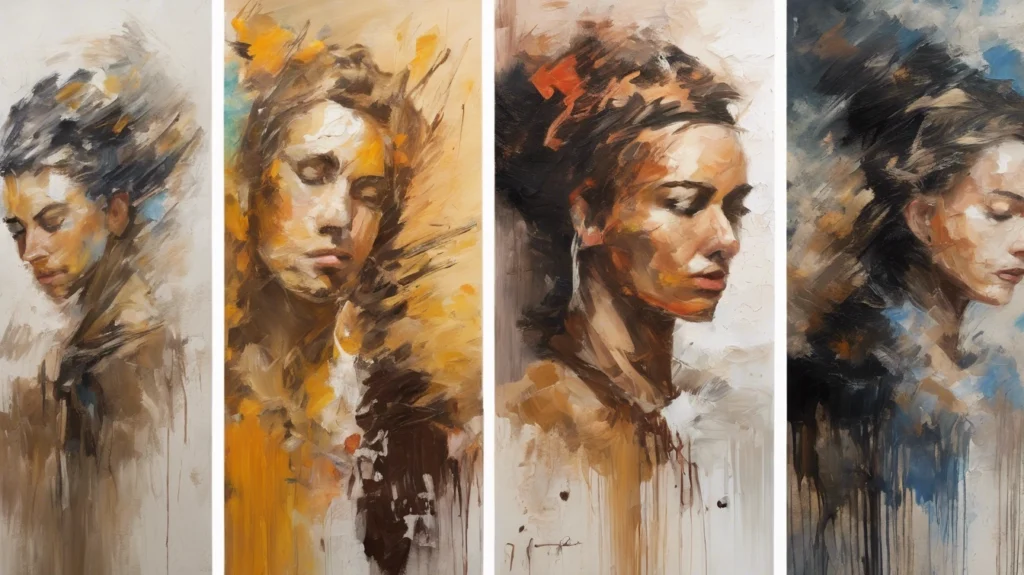
Experimenting with different brushstroke techniques can help you create paintings that are dynamic and visually engaging. One way to accomplish this is by combining contrasting brushstrokes to create a painting with depth and texture. By varying the placement and direction of brushstrokes, you can add a diversity of textures, capturing various lighting, tonal and textural effects in a single artwork.
In this blog post, we will explore how to effectively use contrasting brushstroke techniques in your painting.
1. Layering Textured Brushstrokes
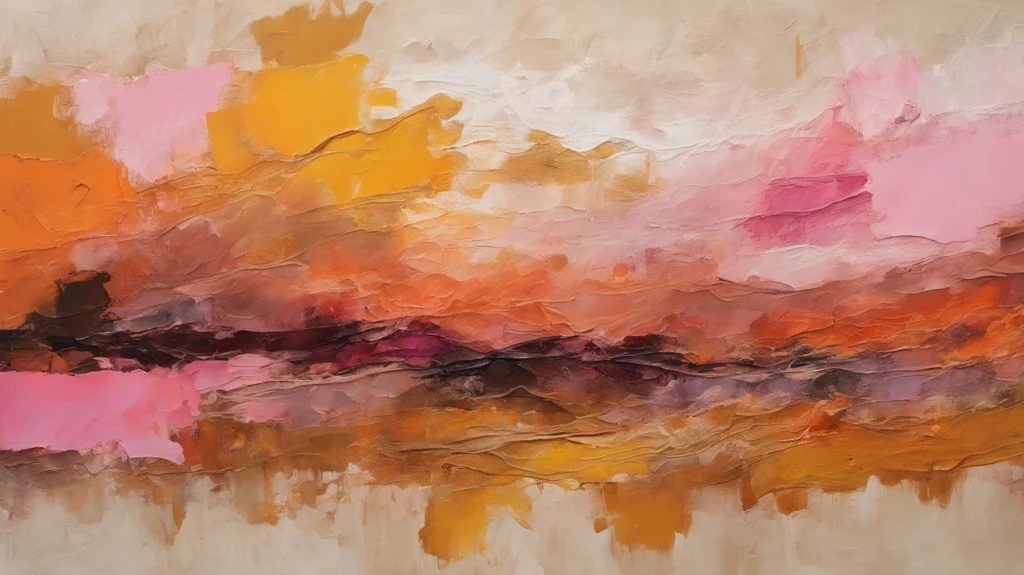
Using a combination of textured brushstrokes such as stippling or crosshatching with loose or smooth brushstrokes provide synchronized visual stimuli in an artwork. The contrast adds depth, dimension, and variation in texture due to the accents of small details around an overarching theme. For instance, paint your background smooth and blend transitioning colors using a flat wide brush, then use stippling or crosshatching with various complimentary colors for highlighting or applying typical scenery features such as trees’ foliage or flowers details.
The key is to be attentive not to overuse either textured or untextured strokes, so you achieve a balanced painting without overwhelming the viewer with too much detail or abstraction.
2. Combining Thick & Thin Brushstrokes
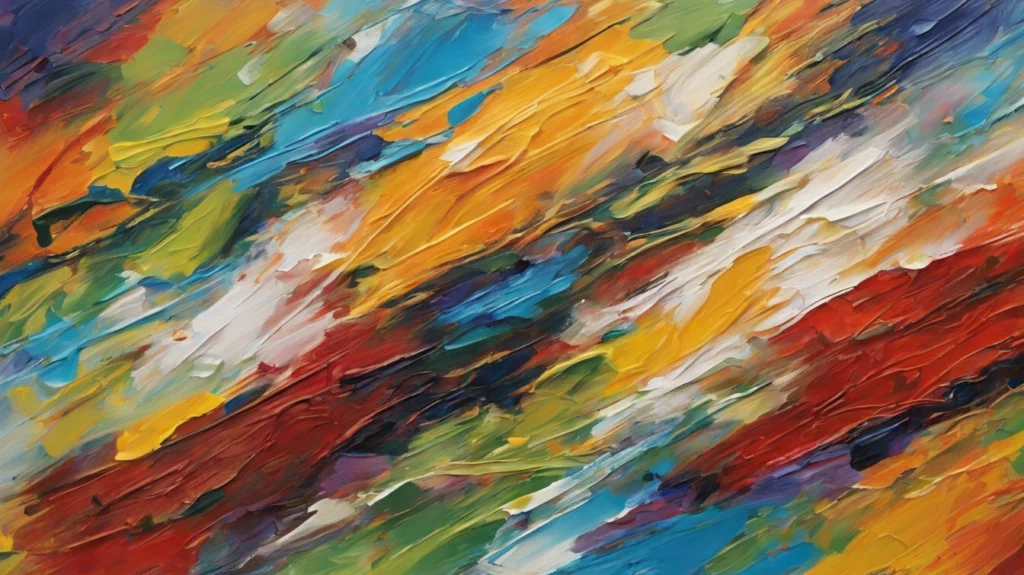
If you want to create a painting with an energetic feel, mixing thick and thin brushstrokes is ideal. Thick strokes demonstrate potency while typically expressing a sense of structure or weightiness -this contrasts thin strokes which display delicacy and movement. This contrast is most evident when dark strokes are followed by light ones or vice versa as each stands out in relation to the other.
Interestingly, you can alternate the thickness of strokes within an object to enhance its realism. For example, when painting fur pattern in an animal, thick brushstrokes creates balls of fluff while quick thin brushstrokes accentuate areas of unruly hair creating visually accurate animal fur.
3. Horizontal & Vertical Striped Brushstroke Techniques
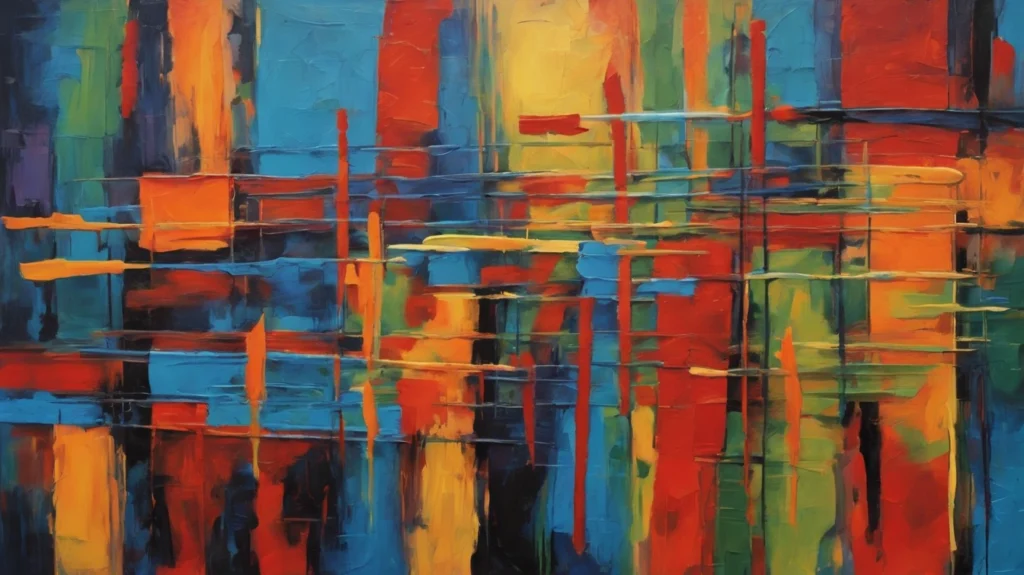
In any artwork, lines naturally attract attention so combining horizontally brushed strokes with vertical lines can significantly affect the viewer’s gaze. Applying alternating horizontal and vertical brushstrokes creates a sense of motion and depth that pulls the viewer into the painting. A significant way to get this idea across is zooming into areas such as skyscrapers and buildings and alternating vertical stripes of brickwork details with smooth horizontal paint strokes in between.
4. Blending Colors & Highlighting Edges
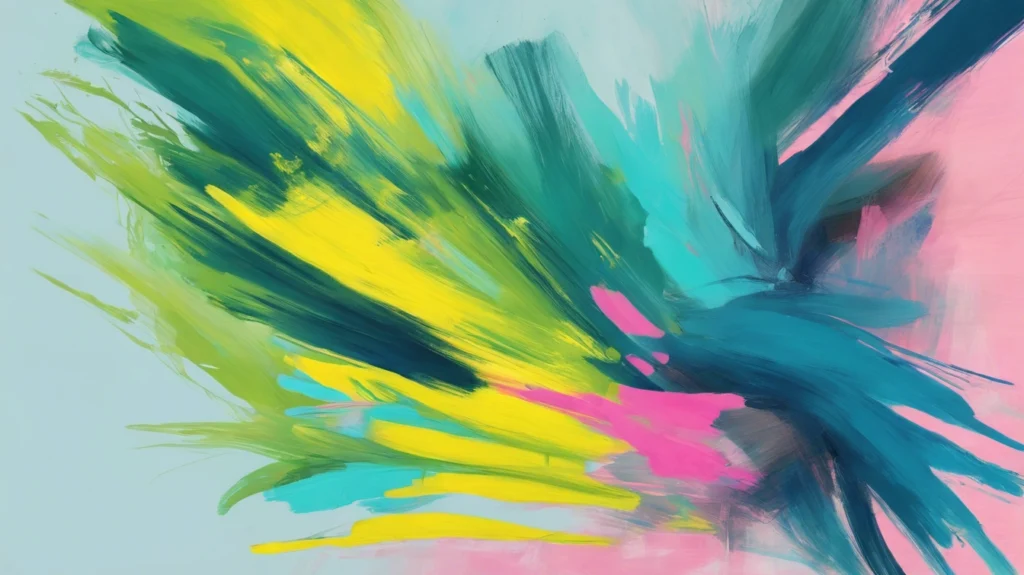
Blending colors, as the name implies, involves the integration of shades gradually depicted from a light to a darker color scheme without a visible layering effect. Highlighting edges on the other hand, refers to painted lines or strokes added to bring an object more focal. By combining blended colors and highlighted edges, you add an explosion of excitement and energy to your painting, employing a unique variety in colors and intensifying tone contrast.
For example, blending sky hues from light pink to dark red, then highlighting a sunset’s edges with distinctive lines around transitioning areas enhances the emotions aroused by an evening scenario.
5. Adding Movement With Curving Brushstroke Techniques
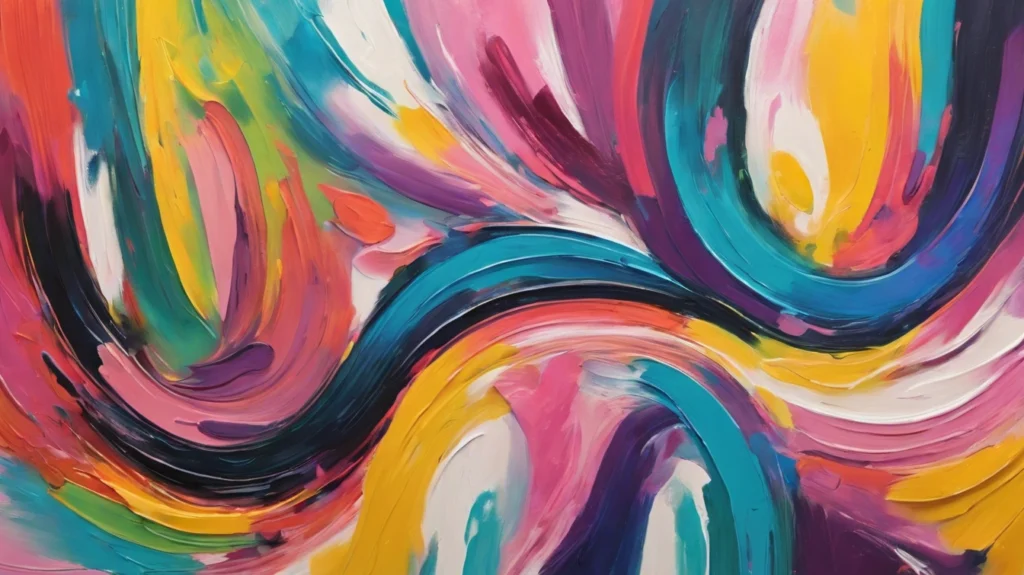
Curved strokes are excellent for capturing organic motion, such as tree branches swaying in the wind, or waves lapping at a shoreline. These strokes bring depth to objects by creating specific angles on their perimeter. This technique creates flow within and between symbols making the artwork appear interconnected and balanced.
Using different kinds of curved brush strokes, pairing thinner curves with thicker ones in the right proportion, provides detailed textures especially in fabric or materials attached to objects displayed in your artwork—tailored glove fingers in a portrait painting.
Conclusion: Combining Brushstroke Techniques
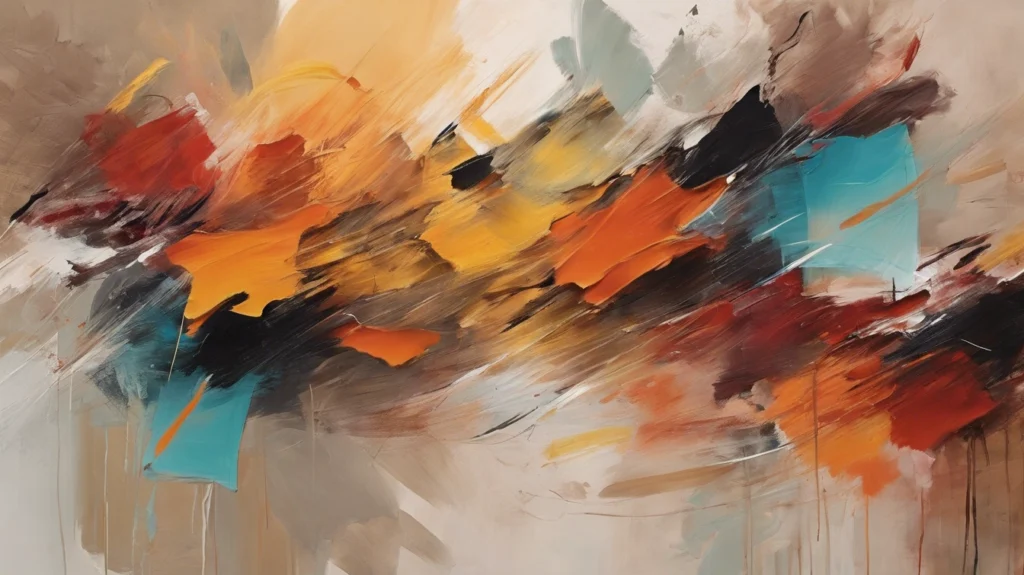
In conclusion, a dynamic painting commands attention and moves viewers emotionally. Combining contrasting brushstroke techniques can create exciting paintings that emanates arousal. While it’s important to establish some balance within the artwork, experimentation with different brushstroke techniques, blended colors, contrast and shapes leads to an intuitive eclectic art piece that brings creative ideas to life. With practice, you will start incorporating several techniques at once bringing much more variety and originality to your artworks.

